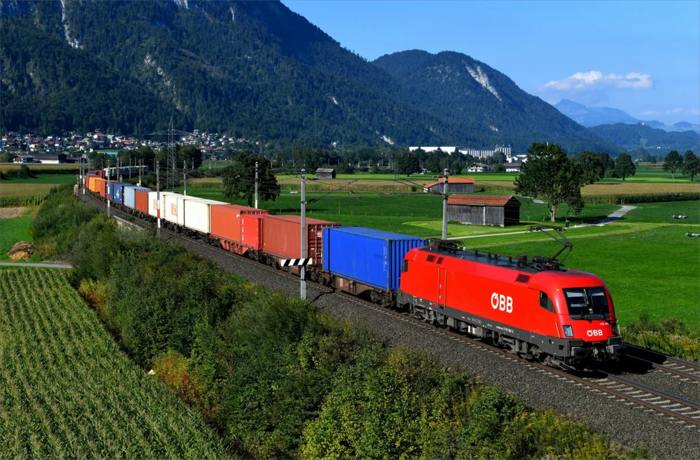Amazon scales up intermodal game in Europe
Global e-commerce giant Amazon seems to be taking decisive steps to decarbonise its European supply chains. The company has revealed that during 2023, rail and sea transport’s share in its logistical solutions increased by 50 per cent. Trucks still play an important role in first and last-mile operations; however, Amazon claims it is committed to enhancing rail and sea transport solutions even more in the near future.
Back in 2020, the company reported an impressive 300 per cent increase in rail movements across Europe, which in 2023 increased by 50 per cent more. Currently, it claims to be using 100 rail lines within Europe. The growth is seemingly immense, and one would expect all Amazon shipments to move around via rail or sea to reach destinations around Europe.
However, it should also be noted that Amazon, being a traditional online retailer focusing on quick logistics, has been using trucks and road transport extensively to fulfil this role. Consequently, even if the share of rail is indeed steadily increasing in its operations, its total share still has space to grow, making the company a customer with great potential for rail and intermodal operators.
Some rail and multimodal logistics companies that Amazon already cooperates with in Europe include CargoBeamer, Mercitalia, VIIA and DFDS. The company also has contracts with sea operators Stena Line and Grimaldi.
Multimodality for SMEs
According to Amazon, and this is something interesting for the rail industry to keep in mind, most of its intra-European shipments concern small and medium-sized enterprises (SMEs), which comprise 60 per cent of the platform’s sales. The best recipe to keep those customers happy is loading their cargo on intermodal units that can be easily transshiped between rail, road and ship.
A typical Amazon journey takes place between two of the company’s fulfilment centres. The intermediate stops include either rail or port terminals, with the first/last miles taking place by truck. In the case of rail, Amazon’s services resemble an ideal combined transport supply chain, where rail covers most of the distance and truck only provides the needed flexibility to and from the rail terminal.

